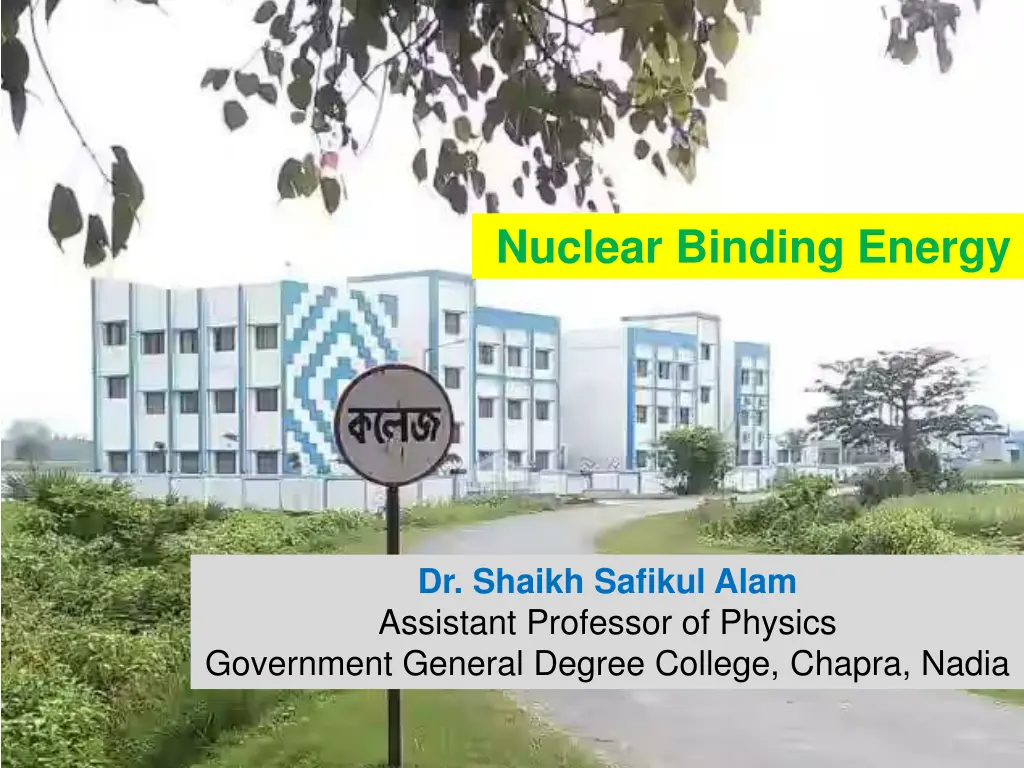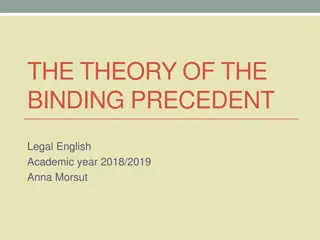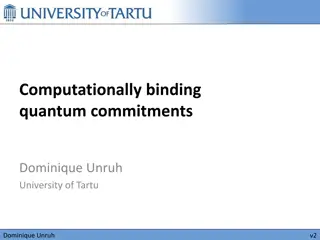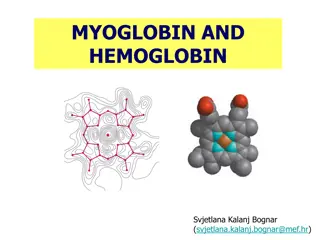
Understanding Nuclear Binding Energy and Stability in Nuclei
Dr. Shaikh Safikul Alam explains the concept of nuclear binding energy, mass defect, and nucleon stability in nuclei. Discover the sources of binding energy and how it relates to the stability of different nuclides. Explore examples like 4He and 6Li to understand the conversion of mass into energy in nuclear physics.
Download Presentation

Please find below an Image/Link to download the presentation.
The content on the website is provided AS IS for your information and personal use only. It may not be sold, licensed, or shared on other websites without obtaining consent from the author. If you encounter any issues during the download, it is possible that the publisher has removed the file from their server.
You are allowed to download the files provided on this website for personal or commercial use, subject to the condition that they are used lawfully. All files are the property of their respective owners.
The content on the website is provided AS IS for your information and personal use only. It may not be sold, licensed, or shared on other websites without obtaining consent from the author.
E N D
Presentation Transcript
Nuclear Binding Energy Dr. Shaikh Safikul Alam Assistant Professor of Physics Government General Degree College, Chapra, Nadia
10-8 cm Energy 10-12 cm Z (protons) ,N (neutrons) 10-13 cm 10-16 cm Energy Nucleon Nuclear Binding Energy Z (protons) ,N (neutrons) What is the source of the Binding Energy ? GGDC, Chapra
( ) i m m m = A ?? Mass defect ( m) ?? Mass and energy can be converted into each other. E = mc2 A fraction of total mass of nucleons converts into binding energy when a nucleus is formed. E = EB.E = m C2 Binding Energy (EB.E) Measure of stability of nucleus EB.E > 0 ; Stable nucleus EB.E < 0 ; Unstable nucleus Spontaneous disintegration The higher the binding energy per nucleon, the more tightly packed the nucleons are held together, the more stable the nuclide. GGDC, Chapra
4He 6Li Mp = 1.007276 amu Mn = 1.008665 amu 1 amu C2 = 931.5 MeV 2 protons 2 neutrons ?? = 4.031882 amu 3 protons 3 neutrons ?? = 6.047823 amu ?? = 4.00150 amu ?? = 6.01512 amu m = ?? - ?? = 0.030382 amu m = ?? - ?? = 0.032703 amu E = M C2 E = M C2 EB.E = 0.030382 amu x C2 = 28.3 MeV EB.E = 0.032703 amu x C2 = 33.5 MeV EB.E/nucleon = 28.3 4 = 7.1 MeV EB.E/nucleon = 33.5 6 = 5.6 MeV 4He is more stable than 6Li GGDC, Chapra
8.7 MeV 7.5 MeV A = 4n; n=1,2,3, Magic no (Z/N): 20,28,50,82,126 (A) GGDC, Chapra
8.7 MeV 7.5 MeV Fission A = 4n; n=1,2,3, Magic no (Z/N): 20,28,50,82,126 Fusion (A) GGDC, Chapra






















